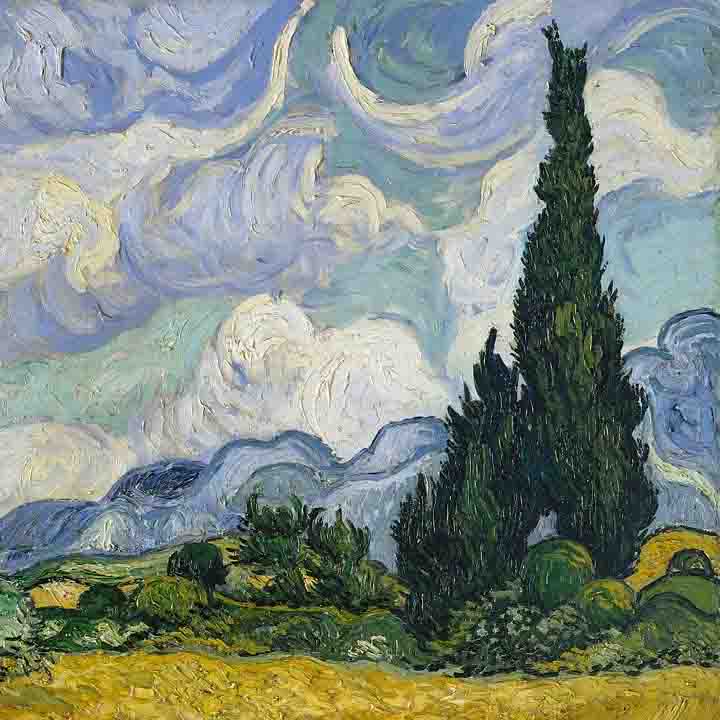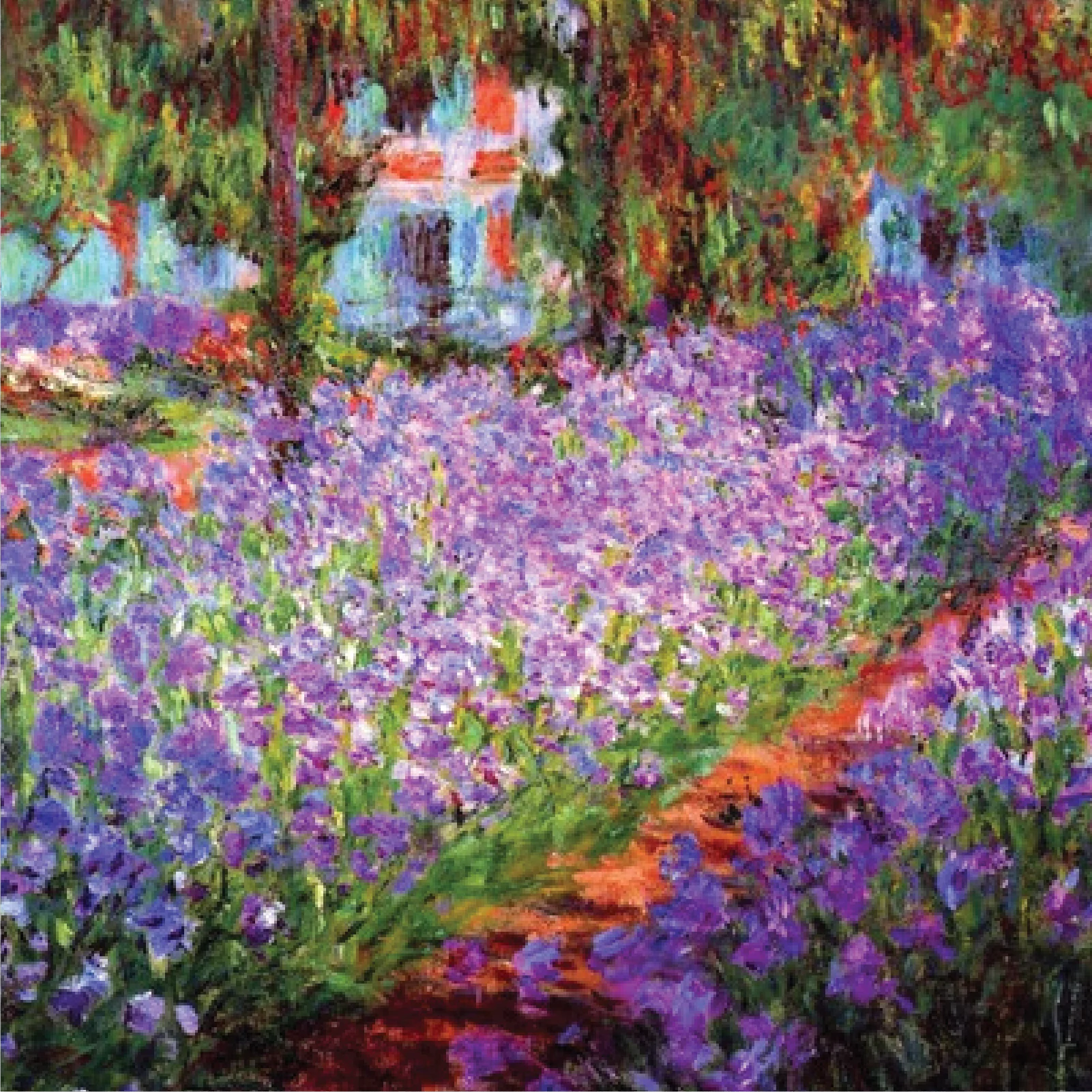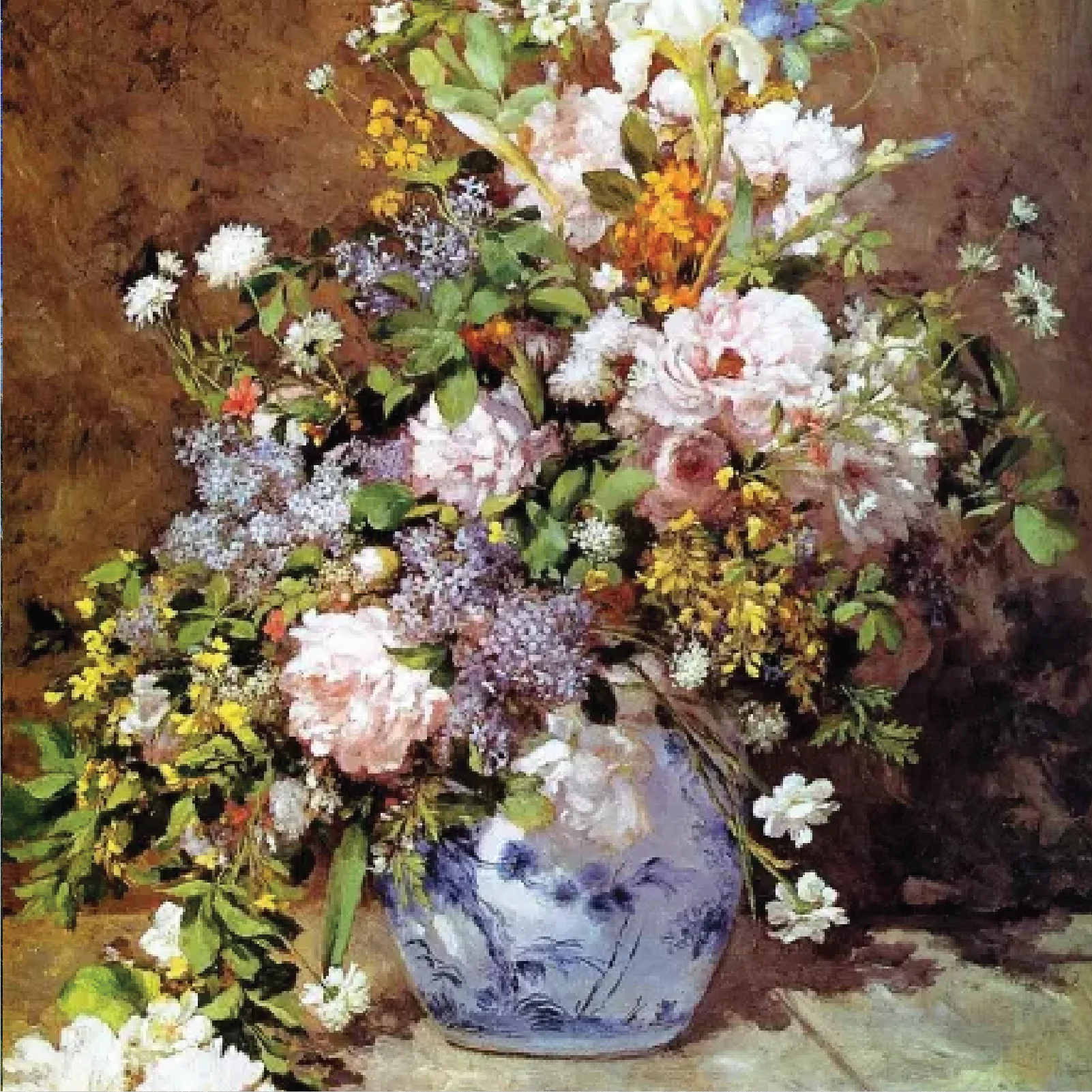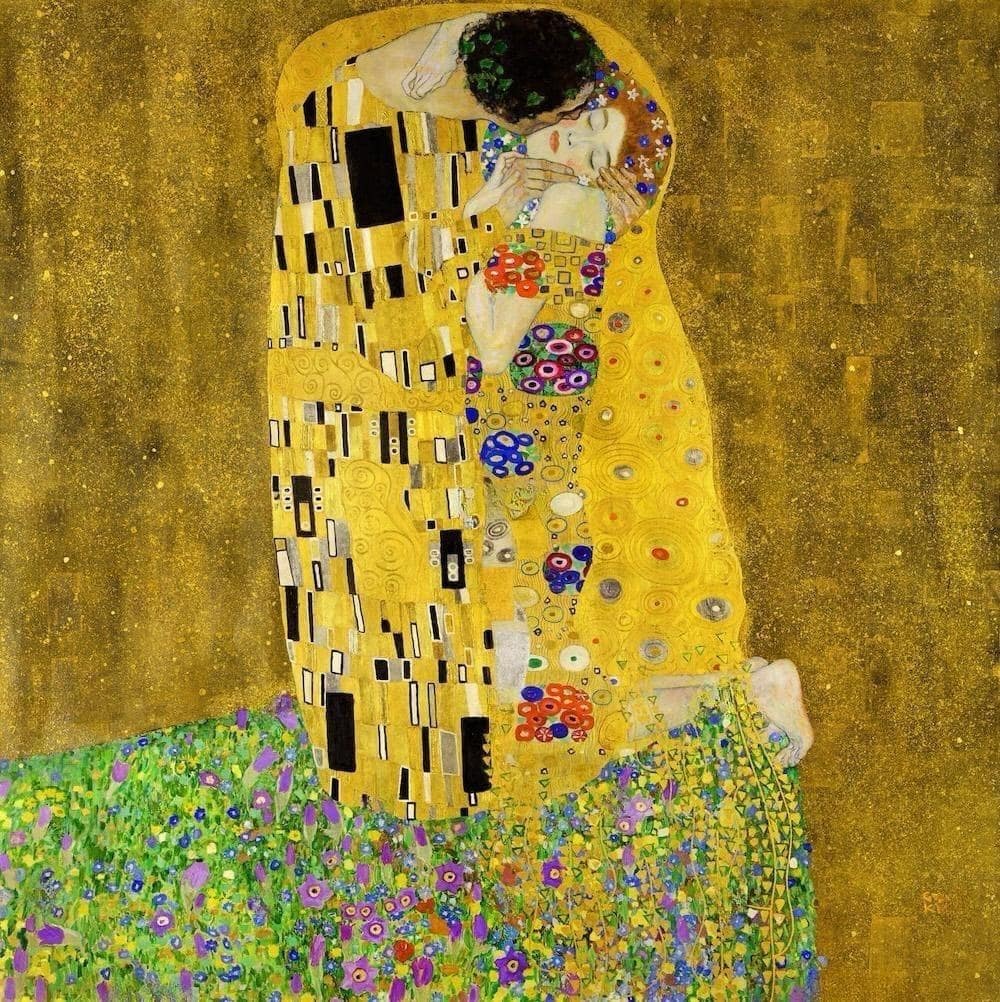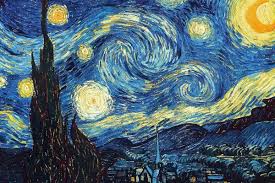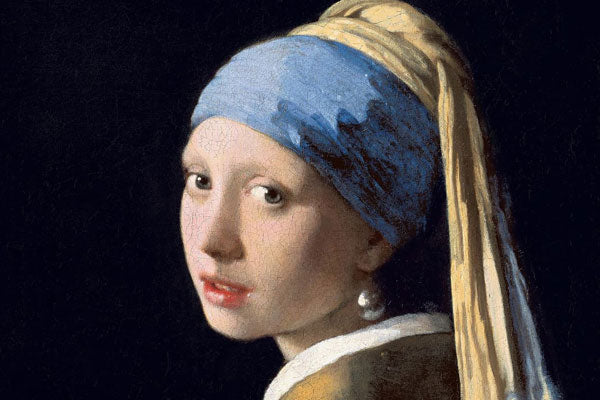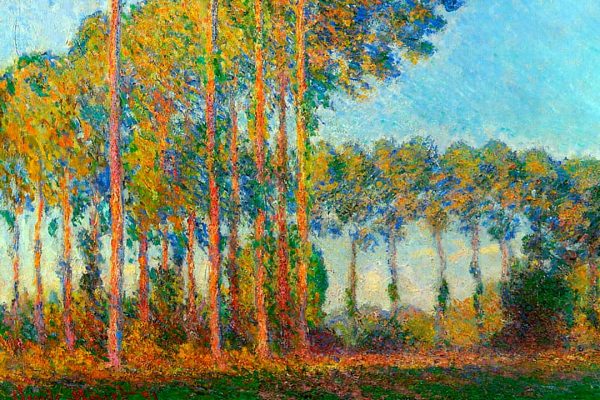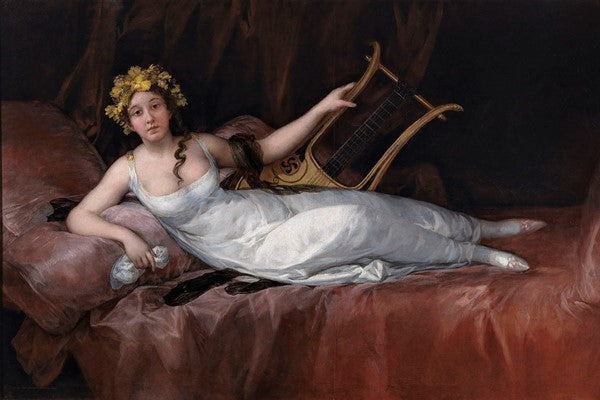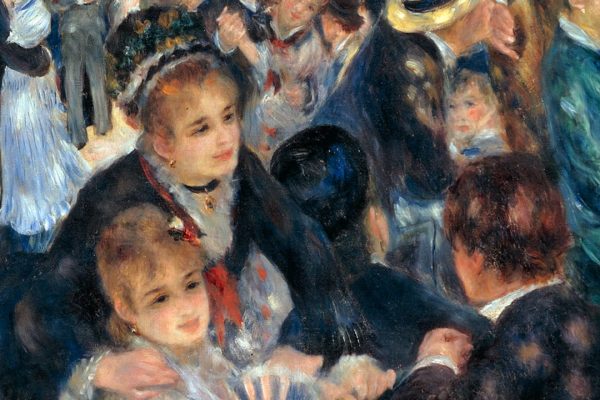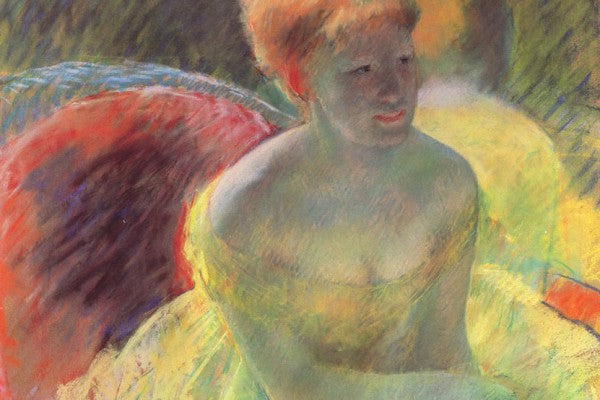Purchasing a horse oil painting online can be a fulfilling way to add elegance and spirit to your living or workspace. Horse paintings carry a rich heritage of equine beauty and have been a subject of artistic admiration for centuries. To own a piece of this artistic tradition, it's essential to understand the nuances that distinguish a truly outstanding work of art. The digital space has expanded our access to museum-quality handmade art from around the world, yet this abundance of options also calls for a keen eye to identify the best pieces available.
Navigating the online art marketplace requires clarity on what makes a horse oil painting exceptional. Factors such as the artist’s skill, painting technique, the authenticity of materials, and the emotional connection the painting induces are paramount. Art collectors and enthusiasts can now visit online galleries like Art&See, showcasing a carefully curated selection of horse oil paintings that align with both traditional and contemporary tastes. It's important to approach the selection process with a clear understanding, ensuring that the artwork resonates with personal aesthetics and complements the intended space.
Incorporating horse art into your decor not only enhances its visual appeal but also injects a dynamic presence into the room. To ensure a seamless purchase experience, thorough knowledge of the online platform’s credibility, the ease of navigation, and the security of the transaction must be considered. Furthermore, after securing the desired painting, one should direct attention to the proper care and maintenance to preserve its beauty and integrity for years to come.
Key Takeaways
- An outstanding horse oil painting combines artist skill, quality materials, and emotional impact.
- Online galleries like Art&See offer a selection of horse paintings suitable for various tastes and decors.
- Sound online purchasing decisions and proper artwork maintenance are crucial for long-term satisfaction.
Understanding Horse Oil Paintings
When exploring horse oil paintings online, one encounters a rich tapestry of equestrian artwork that embodies not just aesthetic beauty but also historical and cultural significance. These paintings range from equine portrait paintings to dynamic depictions of these animals in action.
History and Significance
Horse oil paintings have been a prominent form of equestrian artwork throughout history, reverberating with cultural impact. As early as the Renaissance, artists have showcased the horse as a symbol of nobility and grace. Paintings from this period often served as a mark of status among the aristocracy, who prided themselves on their equestrian pursuits.
- Renaissance: Equine portraits fashioned for nobility.
- 17th Century: Cavalry horses depicted in battle scenes.
- 19th Century: Romanticism propelled the emotional depth of horse scenery.
Styles and Themes
Styles of Horse Oil Paintings:
- Realistic: True-to-life representations focusing on anatomical accuracy.
- Impressionistic: Capturing the movement and light around the subjects.
- Abstract: Emphasizing the emotion over precise form.
Themes Within Horse Oil Paintings:
- Portraits: Close and detailed likenesses of individual horses, often with great attention to texture and expression.
- Action Scenes: Horses in motion, from races to wild gallops, filled with energy and drama.
- Interaction: Horses with humans or other animals, showcasing relational dynamics.
Selecting the Perfect Horse Painting
When searching for horse oil paintings online, it is essential to consider color schemes, the artists' skills, and the framing choices. These elements ensure that the artwork complements your space and meets your taste.
Color and Composition
A horse painting's color and composition significantly affect its visual impact and how it blends with interior decor. For example, contemporary horse art often employs vivid colors and dynamic compositions that stand out, making them the focal point of a room. In contrast, western horse paintings might utilize earthy tones and serene landscapes, ideal for a more traditional setting. Buyers should assess:
- Color Palette: Bold or subdued?
- Balance: Is the composition harmonious and pleasing?
- Mood: Does the artwork evoke the desired emotional response?
Artists and Artistry
The artist's touch and technique manifest the essence of horse oil paintings. Not all horse paintings are equal – the artist's expertise will determine the sophistication and value of the piece.
- Reputation: Recognized artist or emerging talent?
- Style: Realistic or abstract?
- Quality: Canvases and oil paints used.
A table showcasing different artists and their styles can provide a quick comparison guide:
| Artist | Style | Notable Works |
|---|---|---|
| John H. Artist | Realistic Western | "Morning Trot" |
| Sarah Abstract | Modern Abstraction | "Colorful Equine" |
| Richard Realisme | Traditional Realism | "Majestic Stallion" |
Sizing and Framing Options
The dimensions and presentation of a horse painting are just as critical as the artwork itself. It should fit the intended space appropriately, with framing enhancing its aesthetic.
- Size: Appropriate for the space; common sizes for oil paintings range from small (12"x12") to large (48"x36").
- Framing: Choose between framed or unframed. A horse painting framed adds elegance and a finished look.
- Customization: Some sellers offer custom framing options.
Whether the buyer prefers a grand-scale contemporary piece or a modest-sized traditional work, attention to these details will ensure the chosen horse painting is ideal for their environment.
Incorporating Horse Art into Your Space
Selecting a horse oil painting for your home requires careful consideration to enhance your living space effectively.
Interior Design Considerations
When a home decor enthusiast seeks to feature a horse painting in their living room, they should first assess their existing decor style. Paintings should complement the room's color scheme and aesthetic. Color Matching is critical; a painting with hues that reflect the palette of the room can create harmony. In spaces with minimalist design, a bold, striking horse painting adds a focal point without overwhelming the room.
- Scale and Proportion: Ensure the size of the artwork fits the dimensions of the space.
- Style Compatibility: Align the painting's style with your interior themes—modern, rustic, classical, or eclectic.
Creating Thematic Continuity
To maintain a cohesive look, continuity between the horse wall art and the rest of the home's theme is essential. If the home features equestrian decor, a horse oil painting can serve as a natural extension of this theme. For those incorporating horse art as a standalone piece, they should consider elements that can bridge the painting to the room's existing narrative.
- Thematic Elements: Use decor pieces that echo the painting’s subject (e.g., horse sculptures, equestrian throw pillows).
- Color Flow: Carry colors from the painting throughout the room with accents like vases or pillows.
Lighting and Placement
Proper lighting and strategic placement will ensure the horse painting captures attention and integrates well into the room. Ambient lighting can soften the overall effect, while spotlights can highlight the artwork's details. The painting should be hung at eye level, which is typically 58 inches from the floor, to facilitate comfortable viewing.
Ideal Placement:
- Above the sofa: Central and visible location for impact
- Opposite windows: For natural light diffusing across the painting
Lighting Tips:
- Use adjustable lighting to control intensity and mood
- Avoid direct sunlight to prevent fading of colors
Purchasing Horse Paintings Online
Buying horse oil paintings online offers convenience and accessibility, but it's crucial to ensure quality, understand pricing, and confirm secure transaction processes.
How to Verify Quality
When selecting a horse painting for sale, verifying its quality is essential. Buyers should look for high-quality images that display the texture and color of the painting. It's also advisable to confirm whether the painting is a print or an hand-painted art reproduction. For art reproductions, one should seek hand-painted reproductions, as they are superior to ordinary prints and provide a more authentic representation of the original artwork.
Checklist for Quality Assurance:
- Clear, detailed images
- Description of canvas material
- Information on paint type used
- Artist's background and portfolio
- Certification for reproductions
Understanding Pricing
The price of a horse painting on canvas can vary greatly, depending on the artist's reputation, the artwork's size, and whether it's an original piece or a reproduction. It's important to research and compare the prices of similar pieces to determine a fair price.
Pricing Factors:
- Artist's reputation
- Artwork size and complexity
- Original artwork or reproduction
- Art market trends
At Art&See, we offer museum-quality hand-painted oil paintings at an affordable price point, starting from $299.95. This price is comparable to what you might pay for a high-quality print, but with the added value of a meticulously hand-crafted original artwork. Our pricing takes into account the size and complexity of the piece, as well as the expertise of our skilled artists.
Secure Online Transactions
Ensuring secure payment for a horse painting near me or from remote artists is critical. Buyers should only use websites with secure checkout processes, visible SSL certificates, and a variety of payment options. It's also beneficial to confirm the return policy and any buyer protection plans that the platform offers.
Security Checklist:
- SSL certification on the website
- Multiple payment methods
- Clear return policy
- Buyer protection services
By focusing on these practical aspects, one can make informed and secure online purchases of horse paintings.
Caring for Your Horse Painting
When acquiring a horse oil painting or print, understanding the proper care techniques ensures the longevity and vibrancy of the artwork.
Maintenance and Preservation
To maintain the quality of horse oil paintings, one must create an environment that avoids extreme temperatures and humidity. Ideal conditions involve stable temperatures around 21°C (70°F) and relative humidity near 55%. It's critical to keep the painting away from direct sunlight, as UV rays can fade the colors over time. Dust can be gently removed with a soft, dry brush. Avoid harsh cleaning agents or water as they can damage the painting's surface.
For horse art prints, framing behind UV-protective glass is recommended to shield the print from light damage. They should be displayed away from moisture-prone areas to prevent paper warping or mold growth. Dust prints with a soft, lint-free cloth, and avoid using any liquids for cleaning.
Restoration Services
Should horse oil paintings show signs of wear, it is advisable to seek professional restoration services. Experts can carefully clean the painting's surface, repair any tears, and retouch areas where the paint may have chipped away. However, restorers must ensure that any work done remains reversible, preserving the painting's authenticity for future generations.
For horse art prints, restoration can involve de-acidification processes to neutralize acidity in the paper, strengthening it against deterioration. Professional restorers can also digitally reproduce damaged sections to maintain the print's original appearance, providing a meticulous and unobtrusive correction.
Frequently Asked Questions
The following questions cover essential aspects of purchasing and owning a horse oil painting. They provide guidance on quality, authenticity, valuation, reputable sources, characteristics of excellent artistry, and maintenance advice.
What should I consider when assessing the quality of a horse oil painting?
When assessing the quality of a horse oil painting, individuals should examine the painting’s brushwork, precision, color blending, and the type of canvas used. They should pay attention to the detail and liveliness of the horse's depiction, as well as the overall composition of the piece.
How can I ascertain the authenticity of a horse oil painting before purchasing?
To ascertain the authenticity of a horse oil painting, potential buyers may request provenance documentation or a certificate of authenticity from the seller. They can also consult an art appraiser or expert who specializes in such artworks for a professional evaluation.
What are the most reputable sources for purchasing horse oil paintings online?
The most reputable sources for purchasing horse oil paintings online include established art galleries with an online presence, online art marketplaces with buyer protection policies, and websites of renowned artists known for equine art.
Additionally, platforms like Art&See offer museum-quality hand-painted originals at an affordable price point, starting from $299.95, combining the artist's expertise, artwork size, and high-quality materials.
How do I determine the value of a horse oil painting?
The value of a horse oil painting is determined by factors such as the artist's reputation, the painting’s age, historical significance, condition, and rarity. An appraisal by a qualified art appraiser is beneficial for accurate valuation.
What are the characteristics of a well-crafted horse oil painting?
A well-crafted horse oil painting displays a harmonious color palette, skilled brushwork, and attention to the anatomical accuracy of the horse. The painting should evoke emotion and capture the essence of the subject matter with a well-balanced composition.
How do I care for and maintain an oil painting of a horse to preserve its value?
To care for and maintain an oil painting of a horse, keep it away from direct sunlight, extreme temperatures, and humidity. Dust the painting gently with a soft brush, and consider framing it with UV-protective glass. For major cleaning or restoration, it is best to consult a professional conservator.





